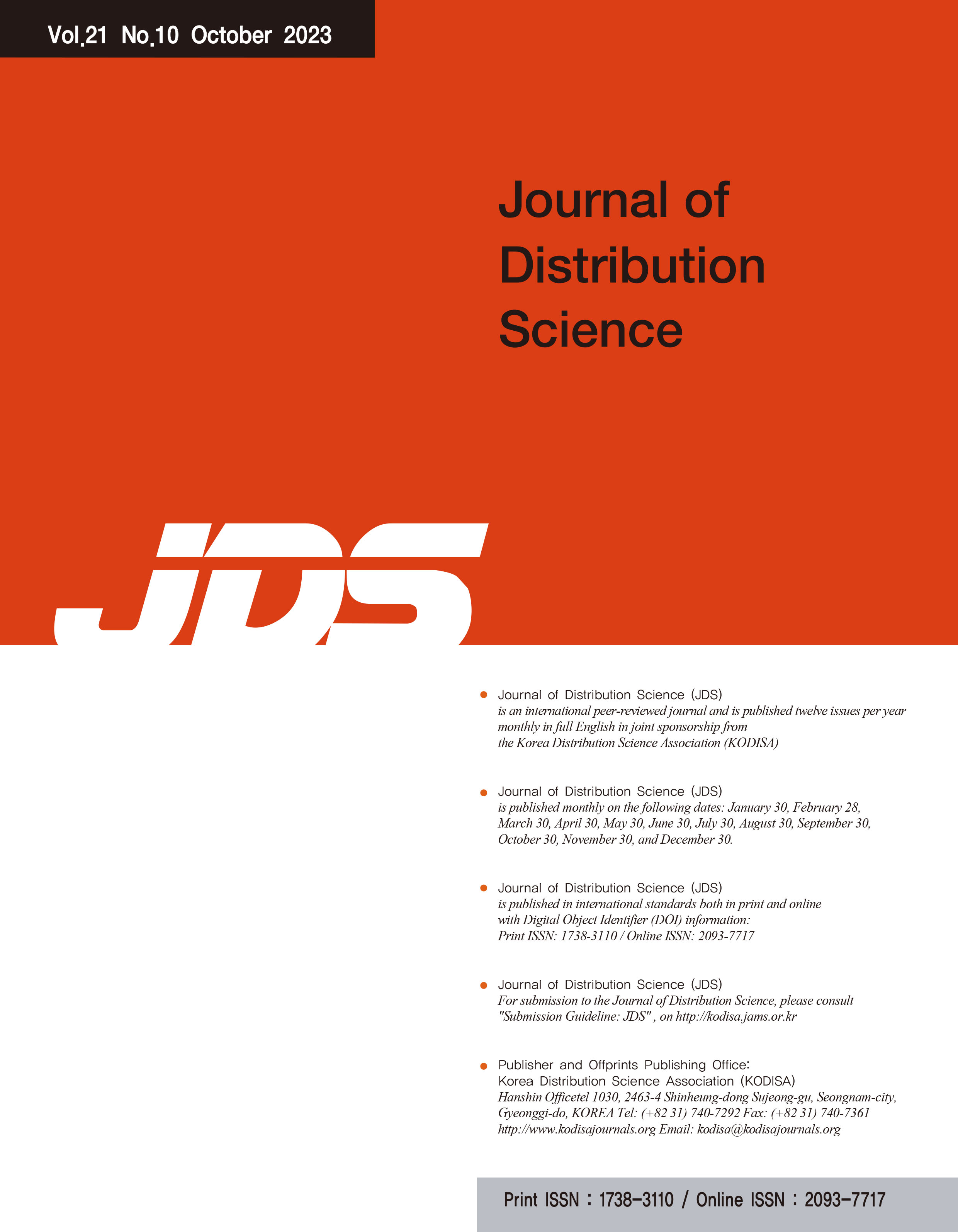Optimizing Digital Healthcare Distribution: An Integrated Model of Channel Efficiency and Technology Acceptance*
Tuan Vinh TRAN (National Economics University)
Duc Anh HOANG (National Economics University)
Abstract
Purpose: Purpose: This study examines the optimization of healthcare service distribution through digital channel adoption by integrating anticipatory governance perspectives with distribution channel frameworks, emphasizing the role of digital service delivery networks. Research design, data and methodology: The research employs a mixed-methods approach incorporating qualitative expert interviews and quantitative survey data from 295 users across diverse distribution regions of Vietnam. The conceptual framework analyzes the relationships between distribution service quality, security protocols, perceived distribution benefits, and future perception through Partial Least Squares Structural Equation Modeling, focusing on channel efficiency and service accessibility. Results: The findings reveal that service quality and security measures in digital channels significantly influence attitudes toward distribution systems, while traditional usability factors show minimal impact. The study introduces future perception as a novel construct in distribution science, demonstrating its significant effect on adoption intentions. Multi-group analysis reveals notable variations in distribution effectiveness across geographical regions and demographic segments, with distinct patterns between urban and rural areas. Conclusions: The research advances distribution theory by demonstrating how anticipatory elements and demographic variations influence digital service delivery optimization. These insights provide strategic implications for developing efficient, segment-specific digital distribution networks in healthcare service delivery.
- keywords
- Channel optimization, Digital distribution channels, Distribution innovation, Future perception, Healthcare service networks.
- 투고일Submission Date
- 2024-11-06
- 수정일Revised Date
- 2024-11-20
- 게재확정일Accepted Date
- 2024-12-05
- 다운로드 수
- 조회수
- 0KCI 피인용수
- 0WOS 피인용수


